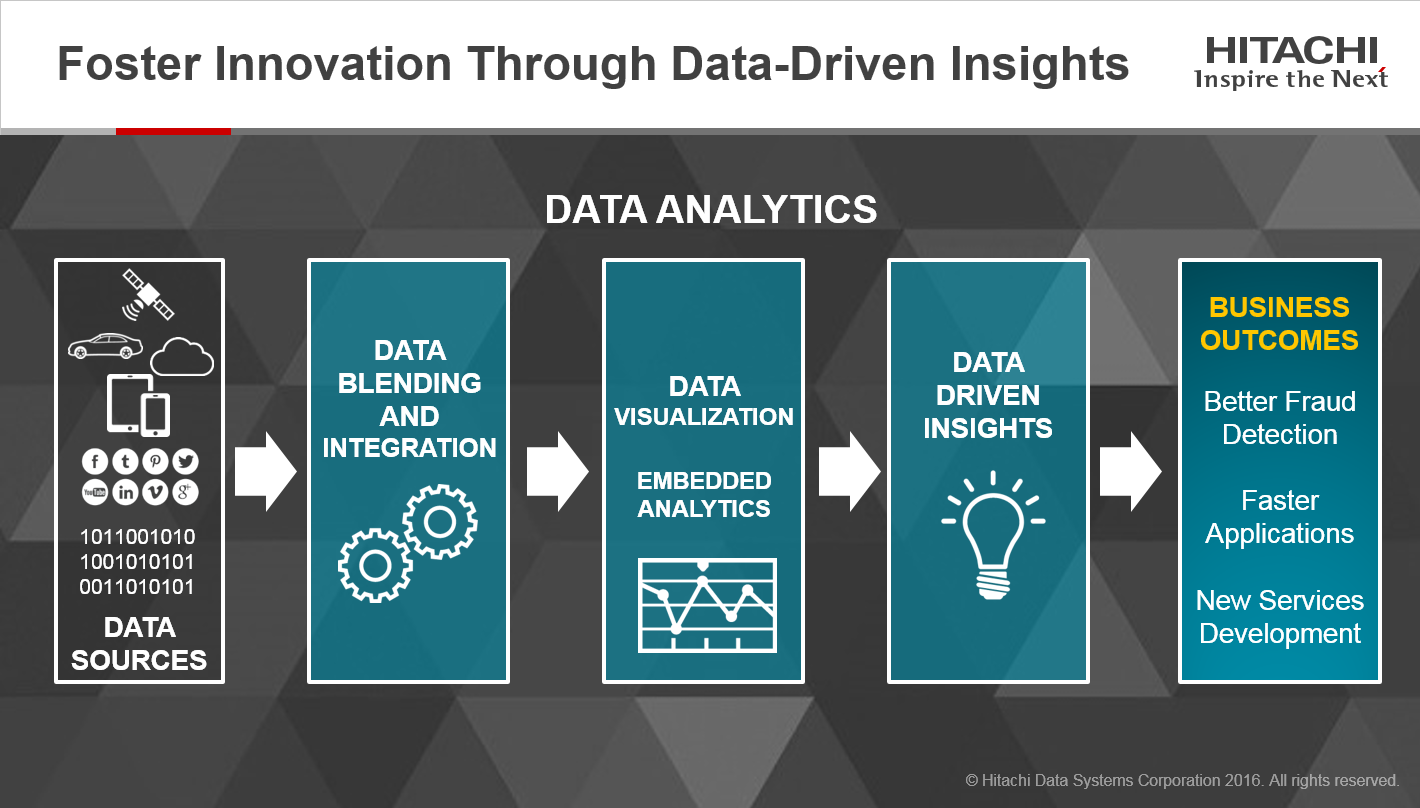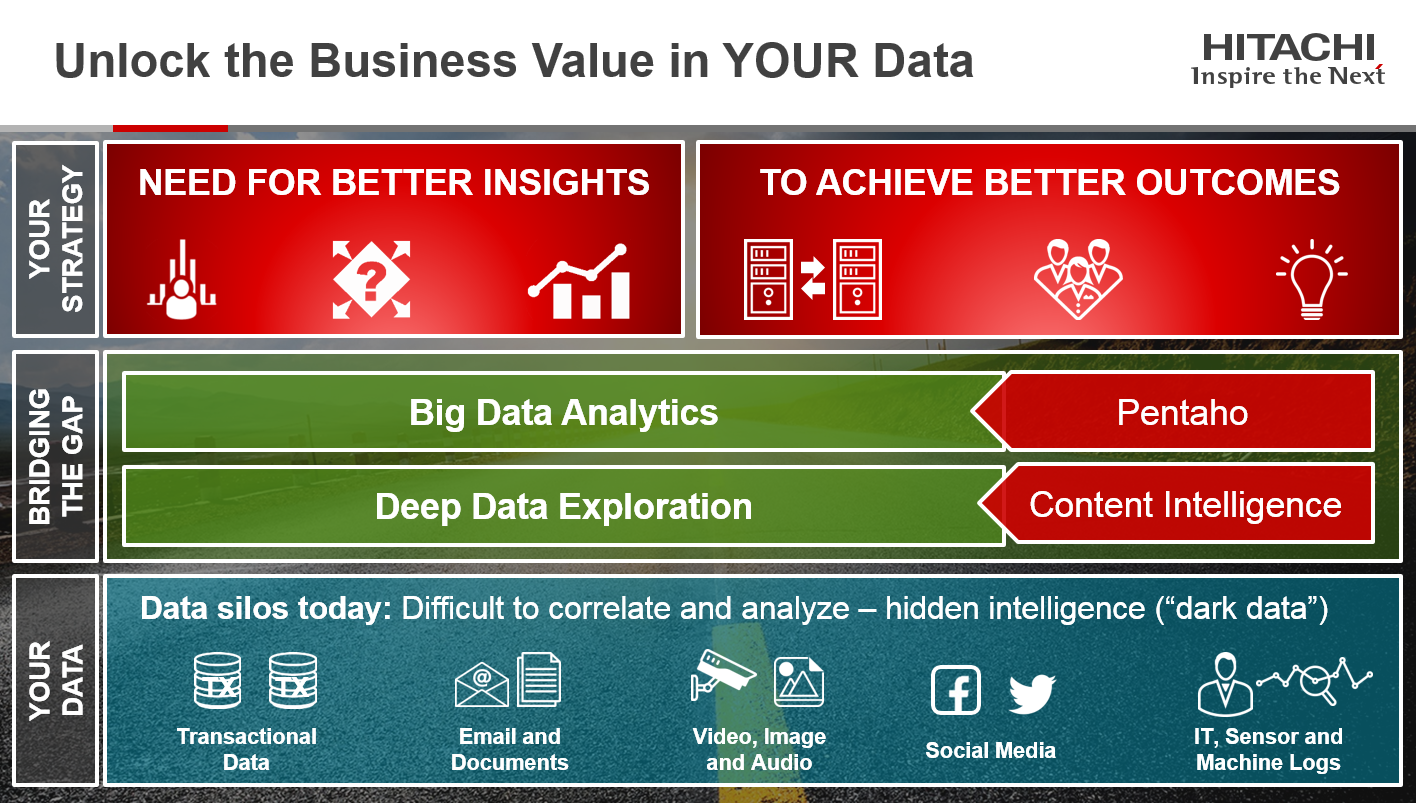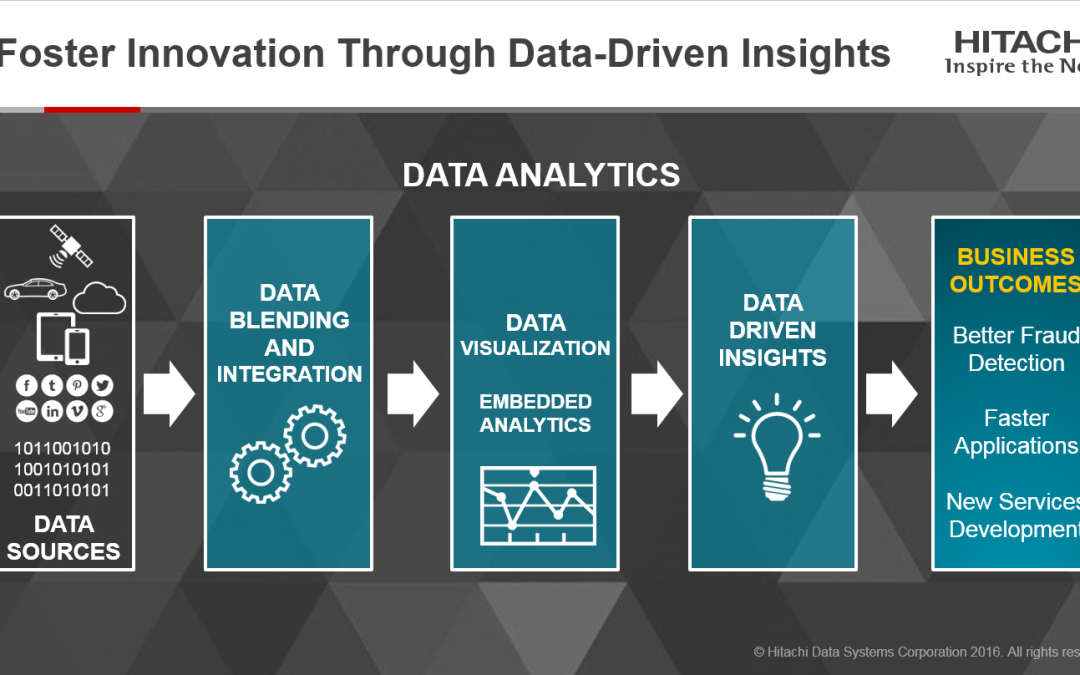Digital transformation is happening. And it’s happening fast. In fact, IDC1 predicts that in the next three to four years, digital transformation will do more than change the way enterprises operate. It will reshape the global economy.
Ultimately, the insights needed to power an enterprise’s digital transformation are generated through its data and many have been quick to develop strategies focused on monetizing data or discovering new revenue streams.
However, delivering on the strategies isn’t always easy. In fact, it is possible only when the gap between ‘strategy’ and ‘data sources’ is bridged with solutions that enable a business to connect, analyze, understand, and act to achieve the desired outcomes.

For example, if a bank had a 360 view of a customer, it could also enable better fraud detection, accelerate loan applications or add new services much faster than before. And it could also transform the customer experience.
Just imagine, if before the customer even sat down, before they even entered the bank, the organization already knew all about their credit and transaction history, the type of mortgage they choose, and even their social media activity. If it was possible to bridge the gap between these data sources to integrate all this information, approving a loan would take a fraction of the time it ordinarily does.
In practice, that means taking a process that used to take weeks, or even months – a frustrating, form-filling nightmare that required re-stating income and asset information the bank already had – and removing it from the equation by using smart technology.
That’s the power of digital transformation – a better customer experience.
Dealing with digital data
As the example above highlights, organizations are acquiring data from multiple different sources – structured data, unstructured data, machine data, sensor data, video data – the list is almost endless.
When you combine protection and data mobility, you create a way to integrate all data sources into a single secured data lake. This data then enters a loop where it is mobilized, enriched, governed, refined, and most importantly, analyzed. After that, an enterprise is free to focus on protection and applying different policies to ensure security and governance.
However, doing this is not as easy as it sounds. Not every solution is created equal, which makes picking the right technology partner a challenge.

Hitachi Data Systems holds more than 2,000 patents for analytics technology – more than any other company in the world.
That’s why we’ve been able to build solutions like Hitachi Content Intelligence, that help to users to explore data and filter out key insights, and Pentaho, which is designed to provide the meta-data searching and indexing needed to deliver big data analysis.
Hitachi has the solutions in place that enable our customers to integrate data from all sources, blend and integrate that data for analysis, then visualize it to help business users uncover insights that will help them monetize more, innovate faster and reduce risk.
As IDC points out, digital transformation is happening much faster than most expected. And the early competitive advantages will go to those enterprises that can keep pace with the emerging DX economy.
There’s no time to lose. Fortunately, Hitachi Data Systems has what it takes to help businesses manage, govern, mobilize and analyze data to gain an edge on competitors – today and tomorrow!

